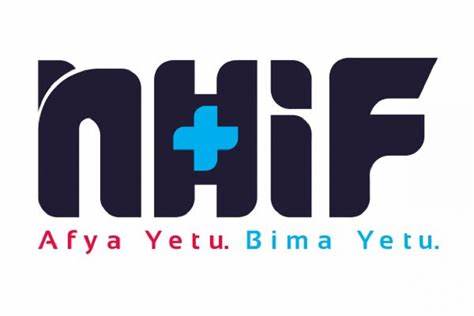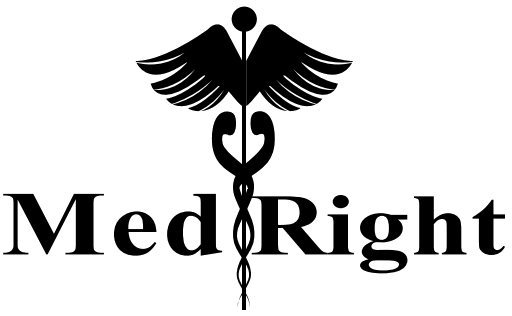Kenya intends to upscale UHC through contributions by people and the government to the National Hospital Insurance Fund (NHIF).1 It will be a combination of tax-based and premium-based systems of healthcare financing. Most Latin American countries use a similar model, but Cuba and Costa Rica dislodged from the system to adopt a unified public model in the 1960s and 1970s respectively.2 Cuba created a National Health System whereby the government solely uses public resources to provide all health care and public health services in a network of public health facilities across the country. Given the challenges NHIF has been experiencing in enrolling Kenyans in the informal sector, who are the majority, a fully tax-funded health financing model should be considered.

Kenya’s systems may not allow it to go Cuba’s way entirely but it can adopt it with modifications as Brazil did in the 1980s. Unlike Cuba that illegalized private provision of health services, Brazil allows the presence of private sector in care delivery.2 It contracts both public and private organizations to deliver healthcare services. Kenya is applying pluralism akin to the Brazil’s healthcare system but Brazil’s system is mainly tax-funded while Kenya mainly relies on out-of-pocket spending. It is time Kenya realizes that its context can be best served by a tax-funded UHC.
The risk with the pluralism model Kenya is embracing is that poor coordination may delay the realization of UHC. A tax-funded system with the government as the provider of all health services as it happens in Cuba can ensure efficiency and enhance progress to UHC if there is a long-term political goodwill.2 Since multiple healthcare services providers are existent in Kenya,1 the government should take full charge of financing and coordination but contract the service providers to deliver care as in Brazil.
As Kenya seeks to upscale the just piloted universal healthcare, it should purpose on having an inexpensive universal healthcare system that performs excellently. It should avoid getting into a situation such as Canada’s where expenditure is among the highest but performance is relatively poor compared to other Organization for Economic Co-operation and Development (OECD) countries.3 It should invest in ensuring the availability of medical resources through sufficient and quality staffing of well-equipped healthcare facilities accessible to all Kenyans.
Kenya ought to be keen on value for money in her efforts to implement universal health care.4 Cost-effectiveness is a crucial factor given the limited resources supposed to address diverse healthcare needs. Focusing on primary care is the mainstay of cost-effectively implementing UHC as evident in countries that have made significant progress such as Denmark, Netherlands, United Kingdom, Cuba, and Brazil.5

In Cuba and Brazil where limited resources are a challenge as in Kenya, the governments purposed to transform primary healthcare by ensuring highly-qualified primary care providers are the first points of contact with people seeking healthcare services across the country.2 Such an approach can ensure health needs are correctly identified and properly characterized early, hence cost-effectively addressed before they become complex.
- Share:

2 Replies to “Upscaling Universal Health Coverage in Kenya”
Good piece ,keep it up
Thank you for the feedback.